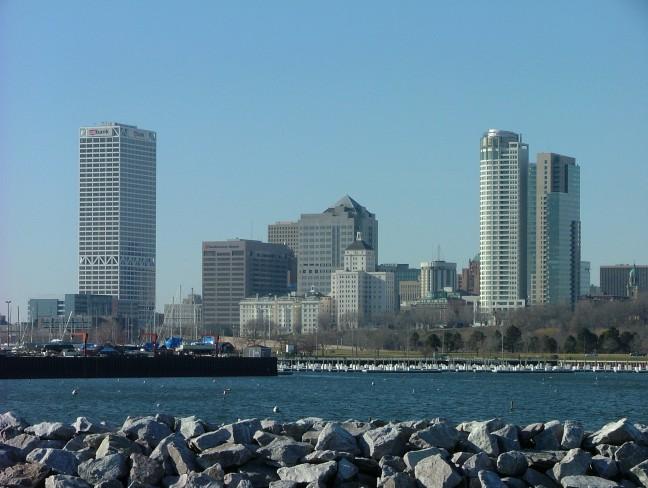Milwaukee’s violent crime rate is more than four times higher than the national average and after a particularly bloody summer, it doesn’t appear to be getting better.
As of Aug. 30, 104 homicides were committed in Milwaukee this year. In 2014, the city experienced 86 total homicides. In three northwest Milwaukee zip codes, homicides increased by 1,200, 700 and 400 percent, respectively, in the first sixth months of the year, according to the Homicide Review Commission’s mid-year report.
According to The New York Times, Milwaukee had a larger percent increase — 76 percent more than this time last year — of murder rates between 2014-15 than any other major U.S. city.
Since 2010, the city’s violent crime and homicide rates have continued to climb, said Michael Totoraitis, Milwaukee Health Department’s Violence Prevention research coordinator.
“Since we have seen an upward trend, we really are trying to dig deeper and see what are the underlying factors and what’s different these last couple years,” Totoraitis said. “We’re still trying to figure out answers.”
Rev. Willie Brisco is the president of Milwaukee Inner City Congregations Allied for Hope, an organization which seeks to address social justice issues in the city. Brisco said much of the violence can be attributed to undiagnosed mental illness and feelings of hopelessness in lower socioeconomic neighborhoods.
Difficulty finding jobs, readily available guns and a lack of resources have driven some community members to act violently out of anger, he said.
“It’s a culmination of neglect and disinterest that has come to a head,” Brisco said. “It’s kind of like that perfect storm where all these things have come together at one time, and this year just happens to be that … storm where everything is just going out of control.”
Brisco said foreclosed homes and growing up surrounded by violence adds to people’s outlook on their surroundings. Social and environmental changes need to be made in Milwaukee to give people hope in dire situations, he said.
To minimize violent crimes long term, the Homicide Review Commission continues to work with community service providers to get recommendations, Totoraitis said.
This year, the commission began conducting youth reviews to understand the perspective of young people growing up in the neighborhoods seeing the large uptick in violence, Totoraitis said.
So far, the commission piloted two youth reviews. The groups consist of about 18 young adults between the ages of 15 and 22 with two to three professional youth workers from community learning centers and development agencies in the city.
Totoraitis said he hopes initiatives like the youth reviews will give the commission a better understanding as to why violence is increasing steadily since 2010.
“[In the future], we’d like to have a better grasp on why the increases started to happen back in 2010,” Totoraitis said. “We’ve continued to look at the data and bring our partners together to find what those underlying causes are so that we can move upstream and find a way to prevent those [violent] cases from happening.”




















